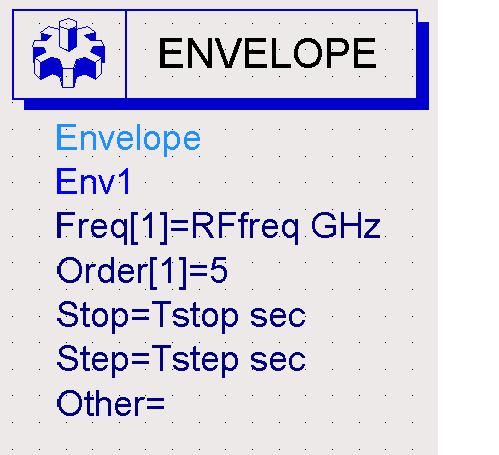jayce3390
Full Member level 6
circuit envelope simulation
hI
I would like to get your opinion about the result and accuracy of Envelope simulation of microstrip lines. Is it allowed or not?
HB is ok regards to simulation with microstrip lines but ENVELOPE...?
Thanks in advance for your help

hI
I would like to get your opinion about the result and accuracy of Envelope simulation of microstrip lines. Is it allowed or not?
HB is ok regards to simulation with microstrip lines but ENVELOPE...?
Thanks in advance for your help
